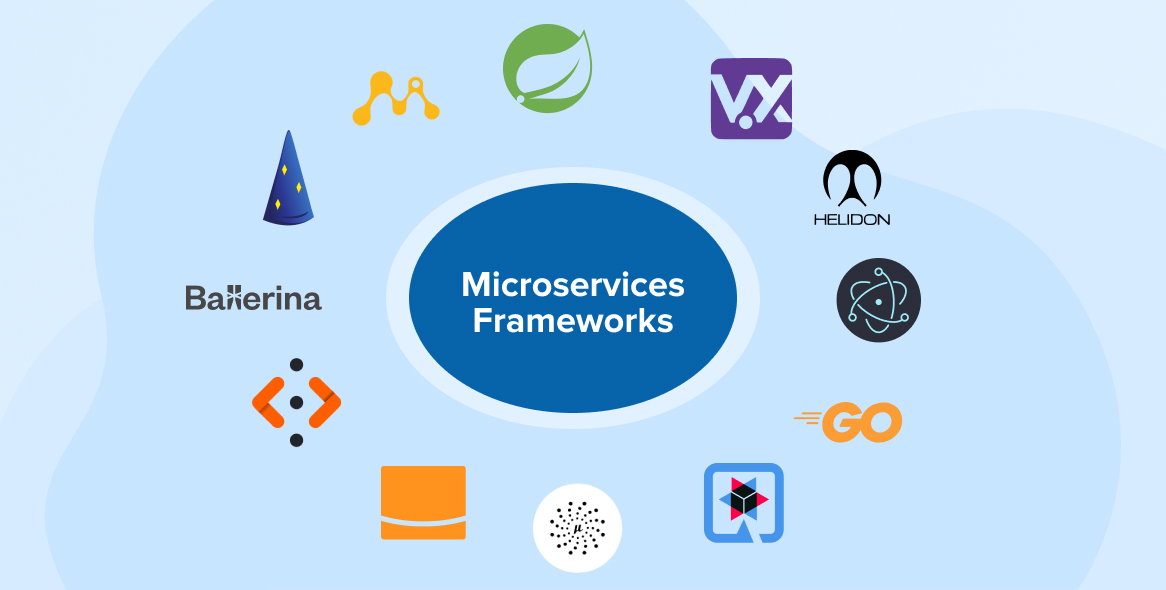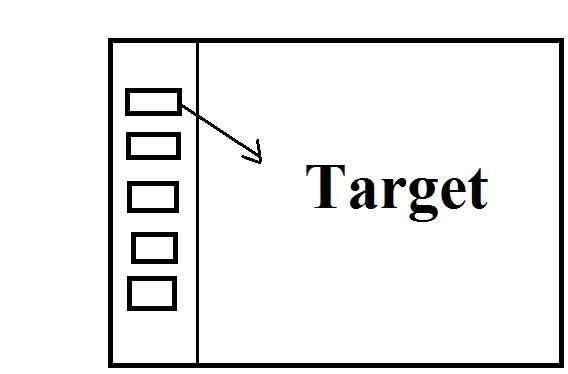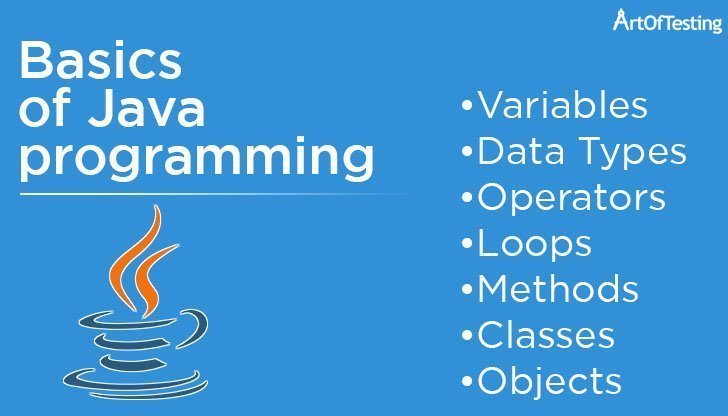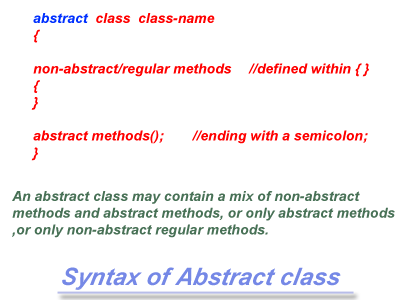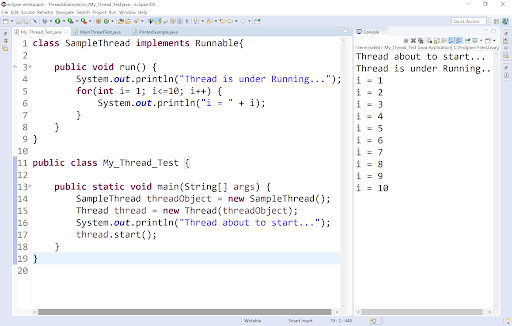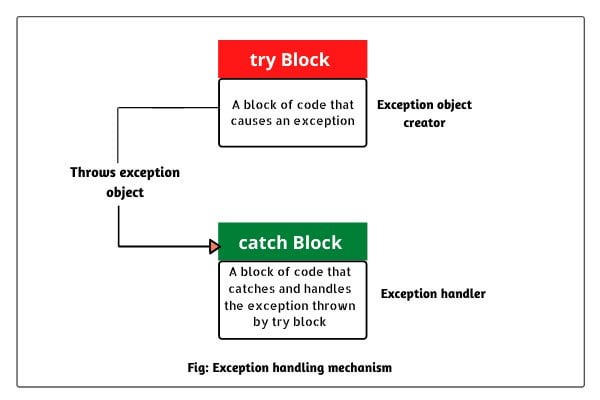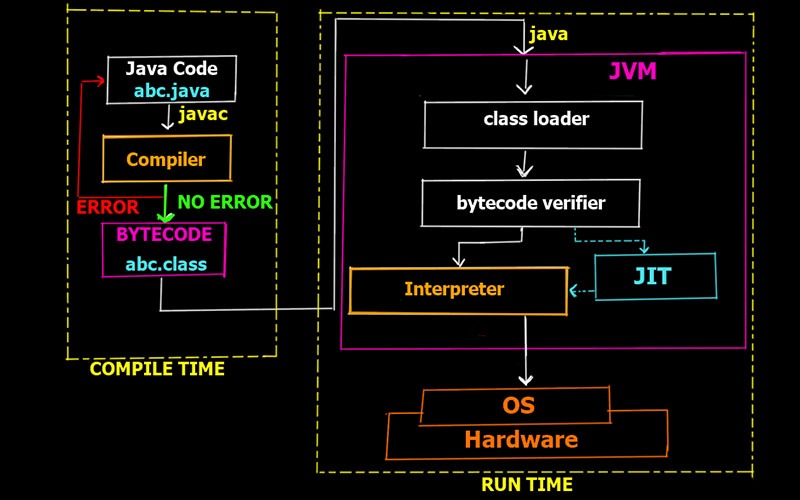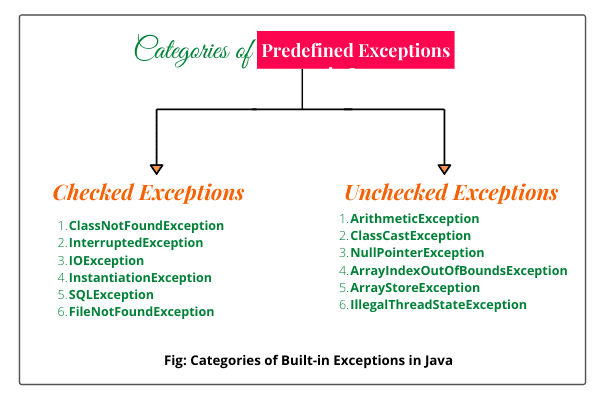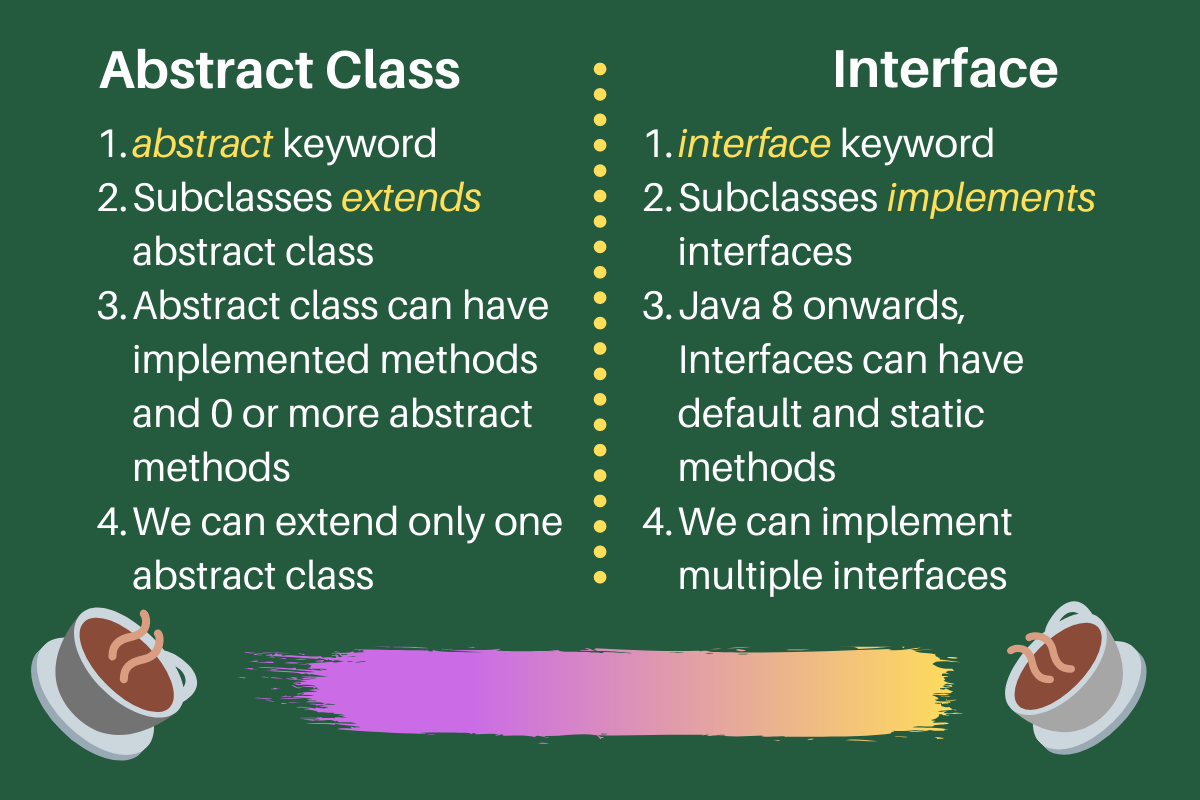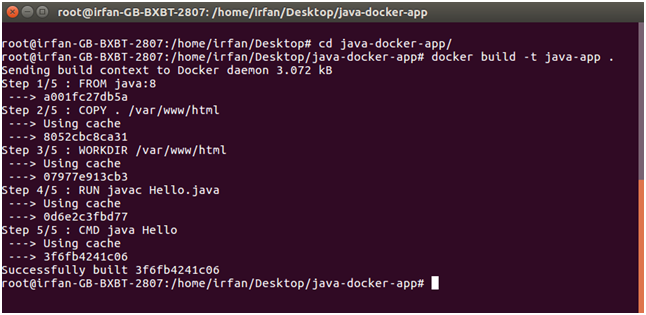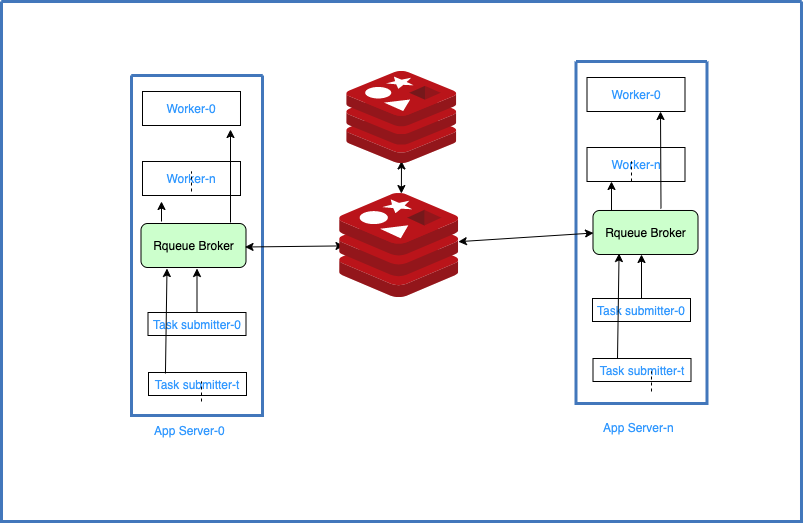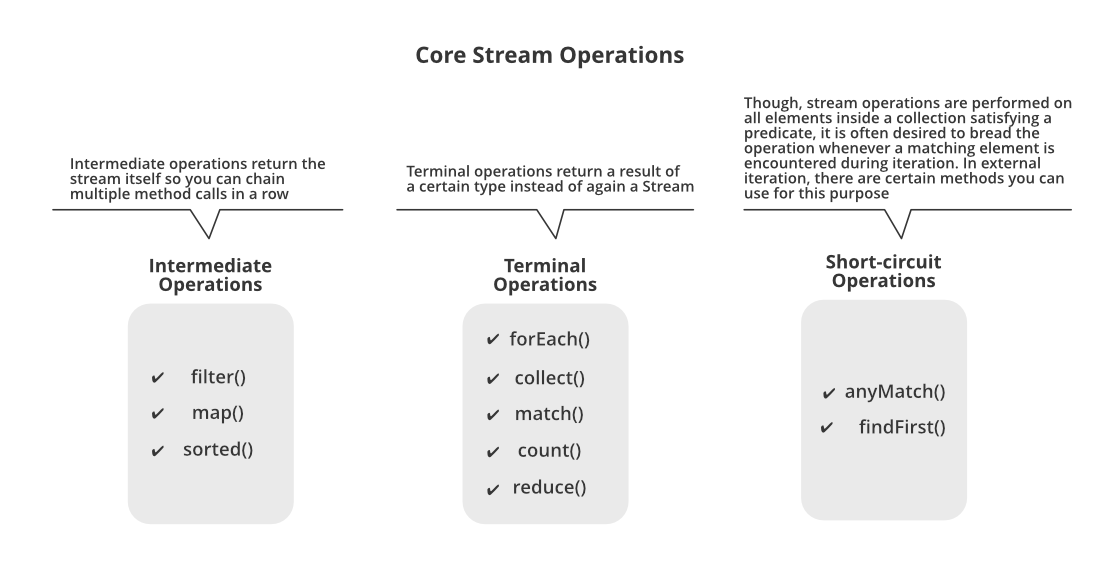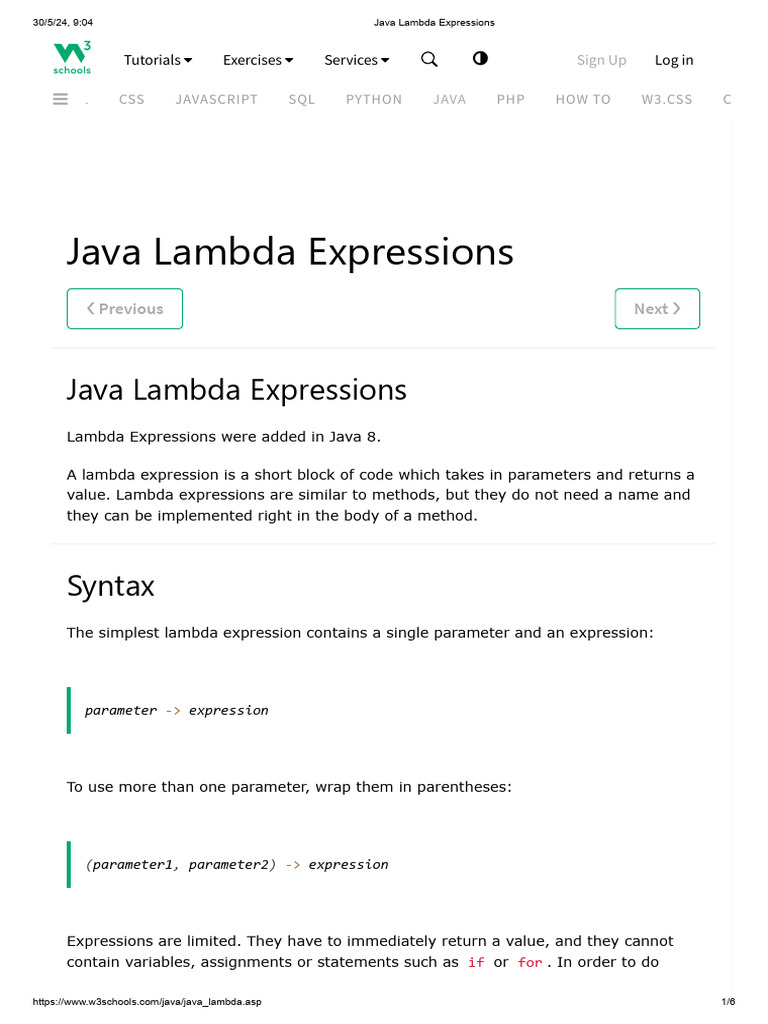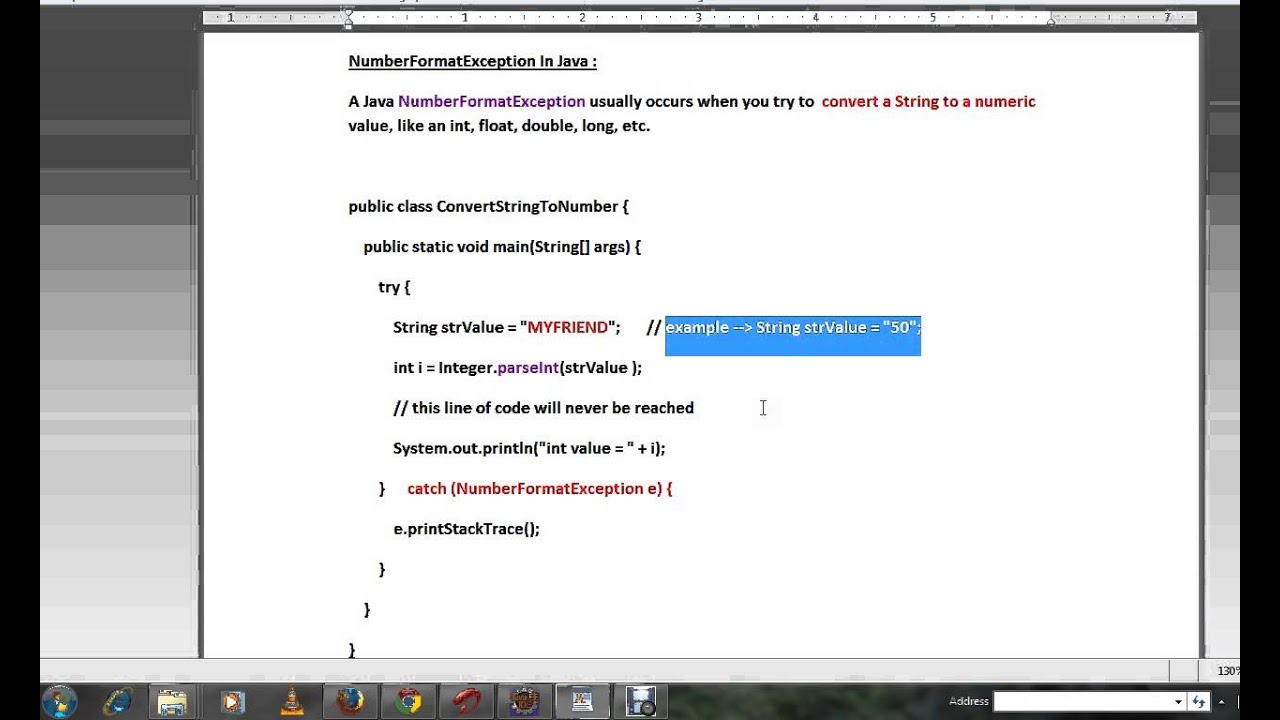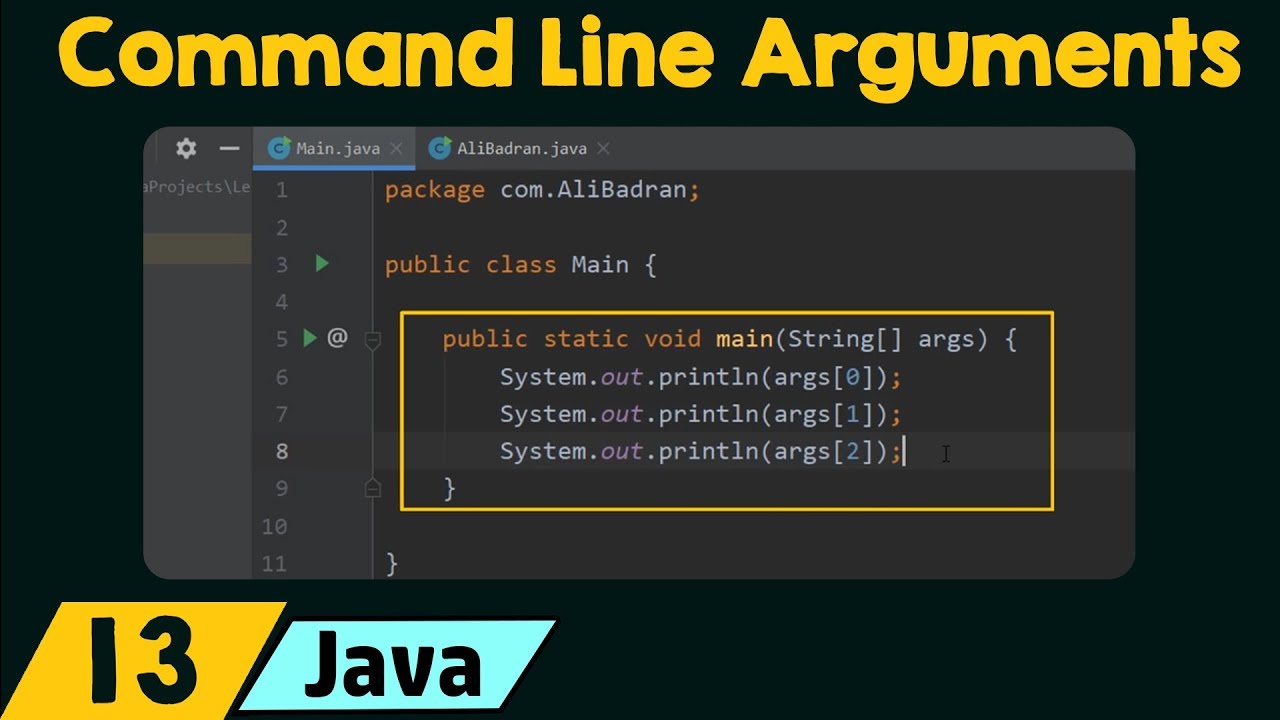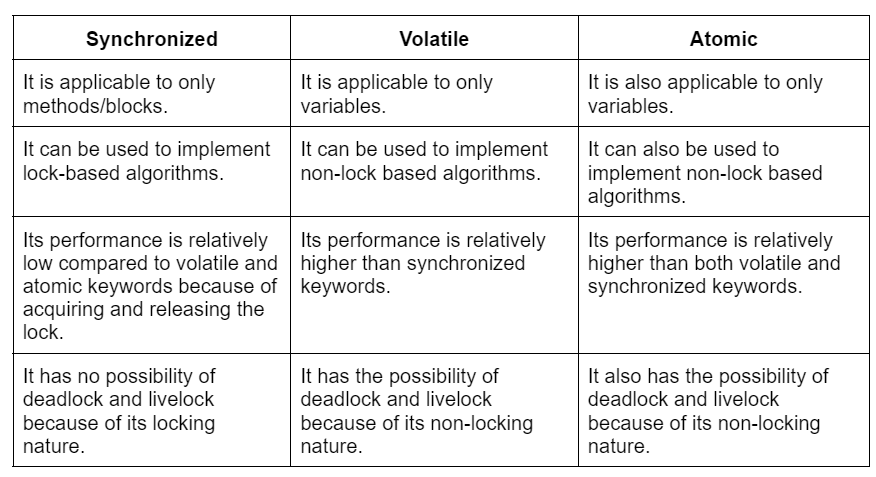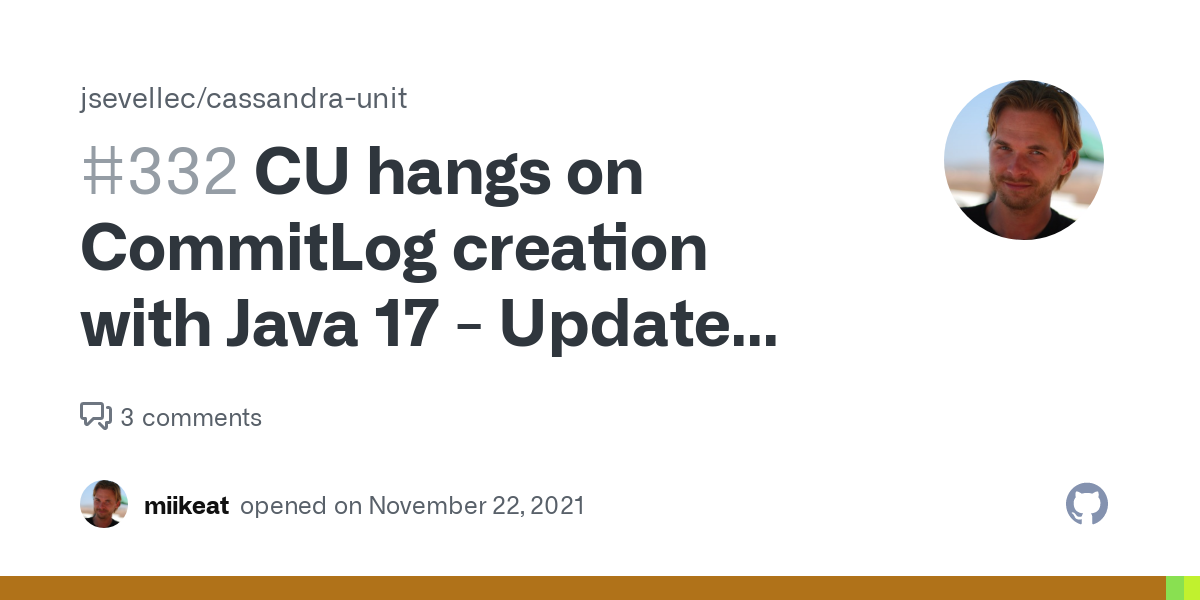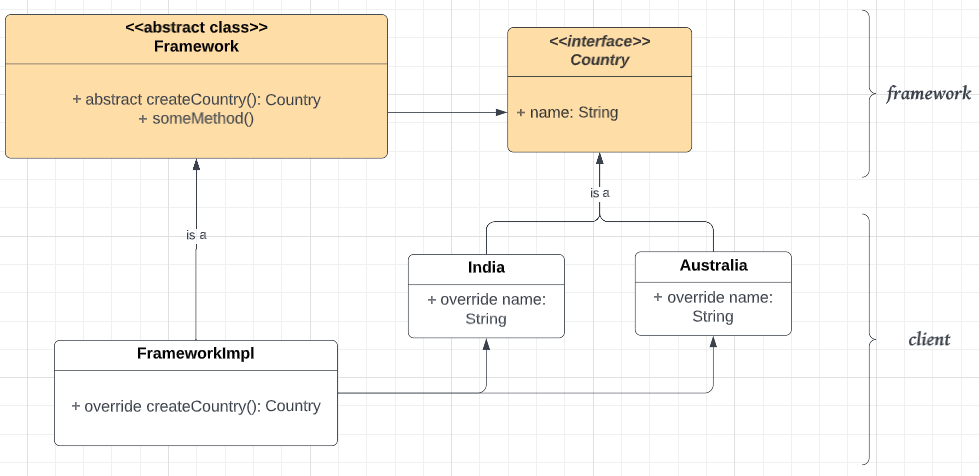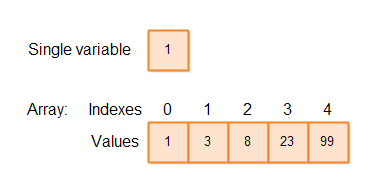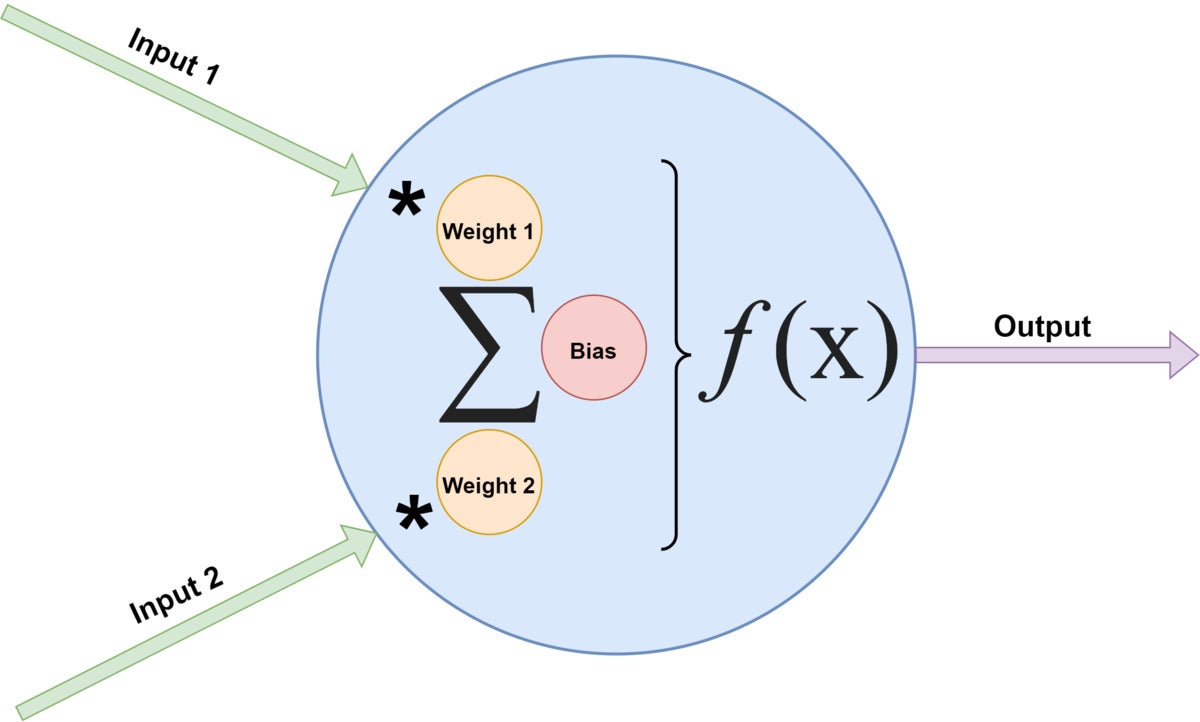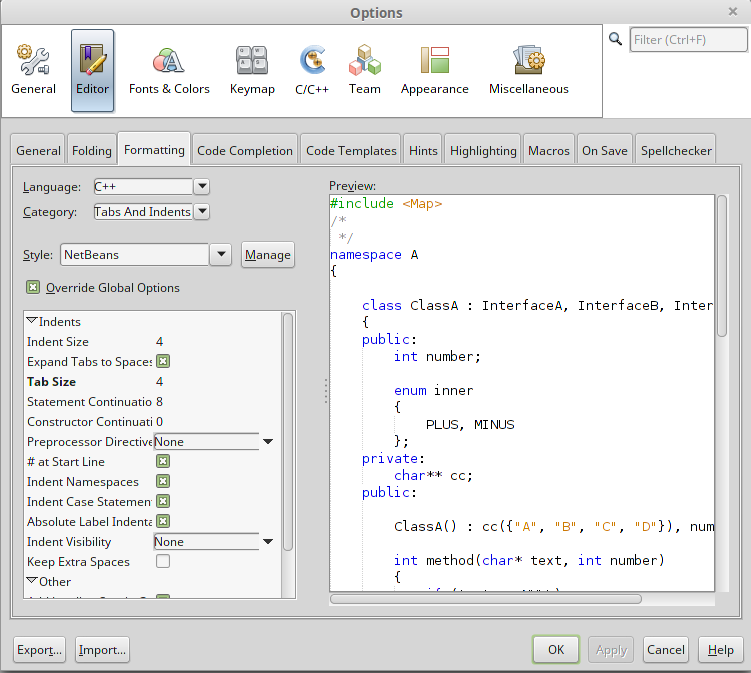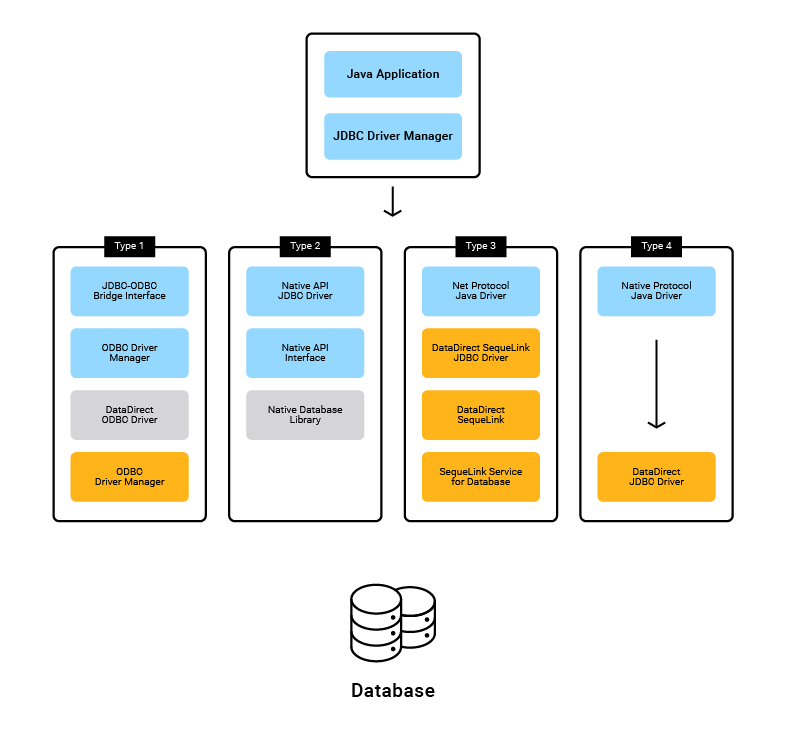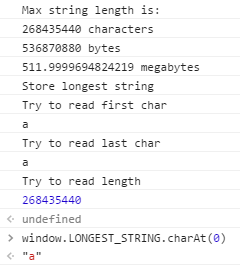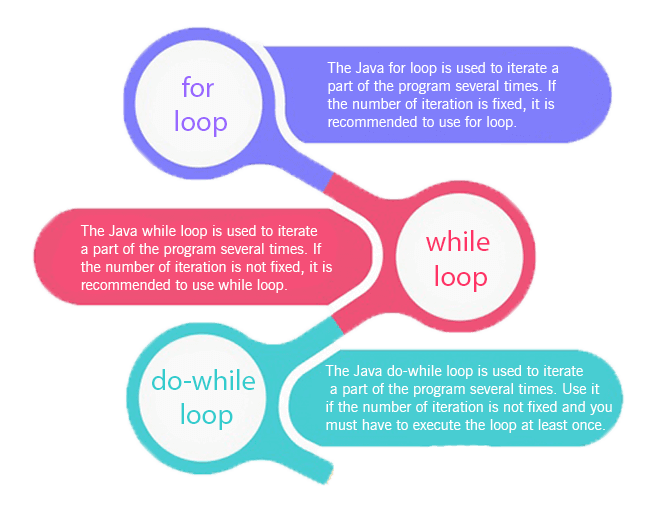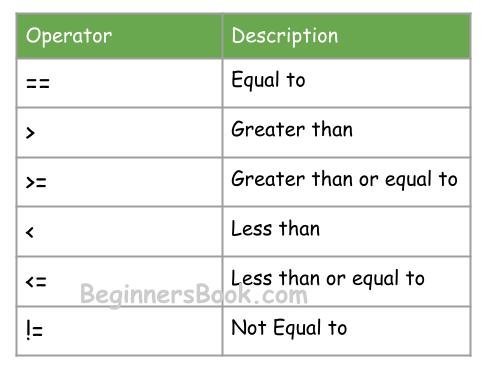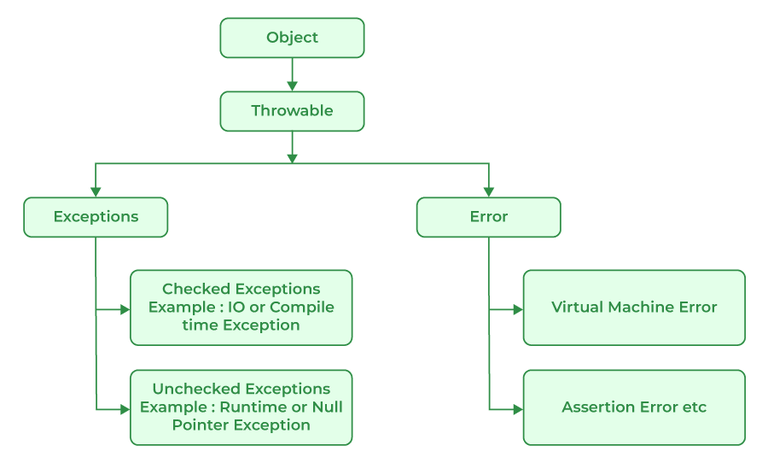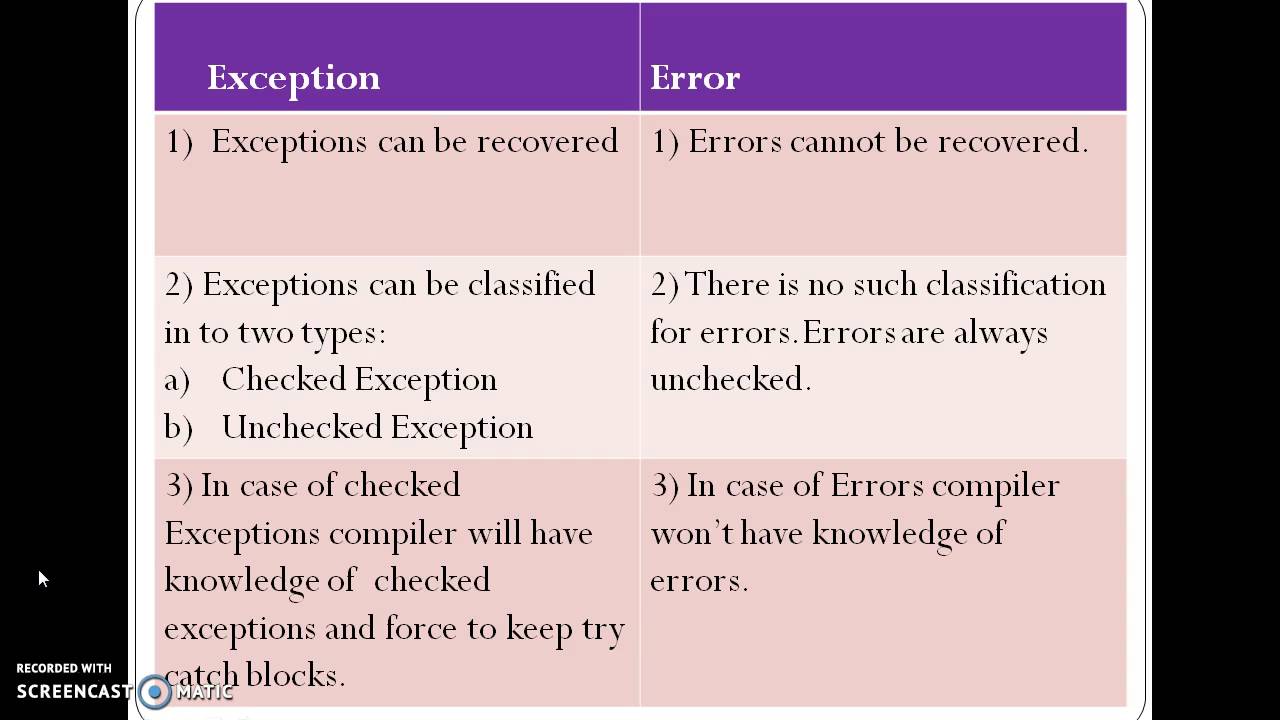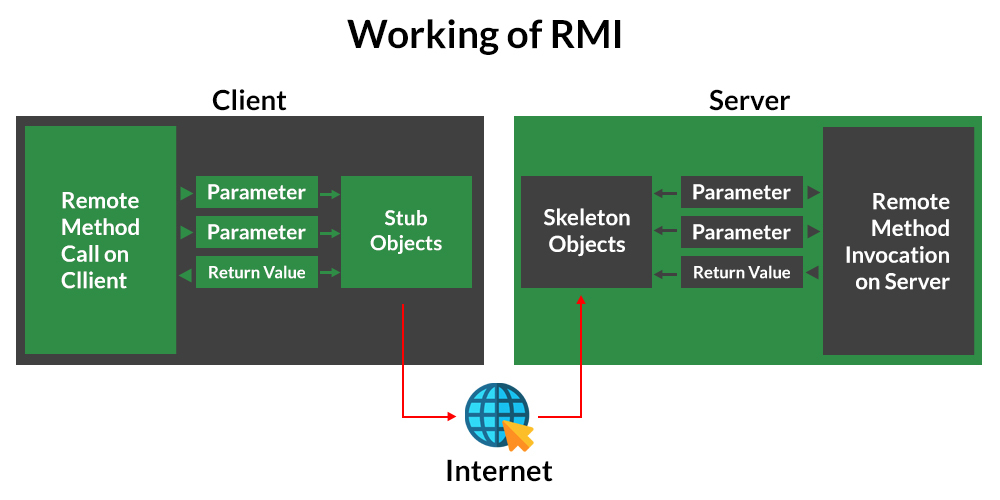Does Java 8 support reactive programming?
Does Java 8 support reactive programming?
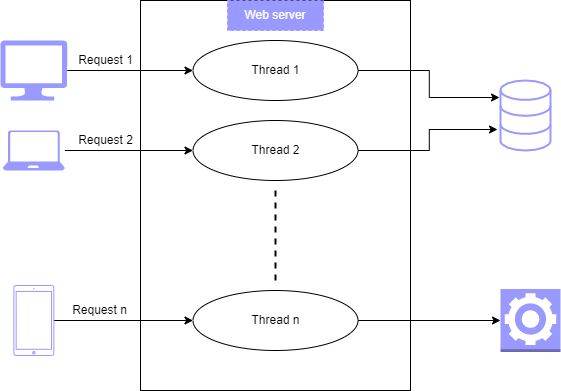
Java 8 does not directly support reactive programming out of the box. However, there are some indirect ways to implement reactive programming in Java 8.
One way is by using libraries like RxJava or Project Reactor, which provide functional-reactive interfaces and utilities for building reactive systems. These libraries are built on top of the Java language and allow you to write reactive code that can be executed on any Java virtual machine (JVM).
RxJava, for example, provides a set of operators that allow you to compose and transform asynchronous streams in a concise manner. It also allows you to create observables from various data sources such as files, sockets, or http requests. RxJava is widely used in Android applications for handling complex asynchronous workflows.
Project Reactor, on the other hand, is a more comprehensive reactive library that provides a set of operators and APIs for building reactive systems. It also has built-in support for concurrency, parallelism, and error handling, making it a powerful tool for building scalable and maintainable applications.
Another way to implement reactive programming in Java 8 is by using the java.util.concurrent.Flow API, which was introduced in Java 9 as part of the Reactive Streams specification. This API provides a set of interfaces and classes that allow you to build reactive pipelines and handle asynchronous data streams.
However, since your question is specifically about Java 8, we can use the above-mentioned libraries like RxJava or Project Reactor to implement reactive programming.
Here's an example using RxJava:
import io.reactivex.Observable;
public class MyReactiveProgram {
public static void main(String[] args) {
// Create an observable that emits a sequence of numbers from 1 to 10
Observable observable = Observable.range(1, 11);
// Subscribe to the observable and handle the emissions
observable.subscribe(System.out::println);
}
}
In this example, we create an observable using RxJava's Observable.range() method, which emits a sequence of numbers from 1 to 10. We then subscribe to the observable using its subscribe() method and print each emitted number to the console.
This is just a simple example of how you can use reactive programming in Java 8 with RxJava. Reactive programming can be applied to a wide range of applications, including event-driven systems, web development, and data processing pipelines.
In summary, while Java 8 does not natively support reactive programming, there are libraries like RxJava or Project Reactor that provide indirect ways to implement reactive programming in Java 8. Additionally, the java.util.concurrent.Flow API provides a set of interfaces and classes for building reactive pipelines and handling asynchronous data streams, but this is only available in Java 9 and later versions.
Reactive streams java 8 github
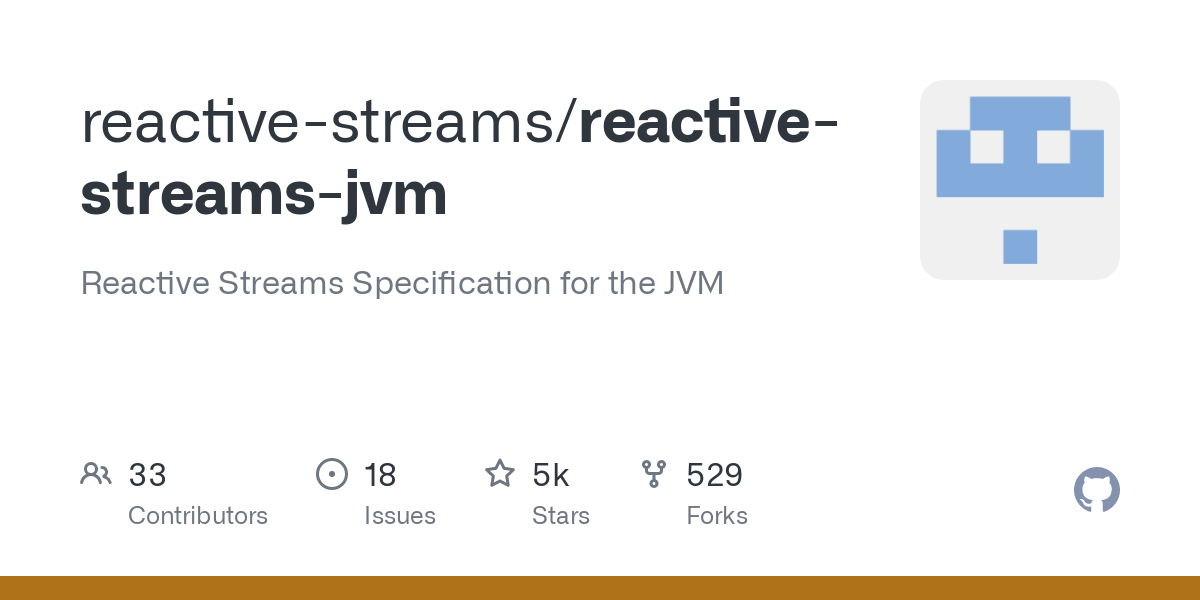
I apologize for the misunderstanding earlier! Here's a detailed response in English:
Reactive Streams is a Java library that allows you to handle asynchronous data processing efficiently and safely. It was introduced as part of Java 9 (backported to Java 8) and provides a standardized way to work with asynchronous streams.
The Reactive Streams specification defines four key interfaces: Publisher, Subscriber, Subscription, and Processor. These interfaces provide a foundation for building reactive systems that can handle backpressure, which is essential for handling large amounts of data or processing long-running tasks.
Here's a high-level overview of the roles each interface plays:
Publisher: The source of a stream of data. Publishers are responsible for sending elements to subscribers as they become available. Subscriber: The consumer of a stream of data. Subscribers receive elements from publishers and process them according to their needs. Subscription: The connection between a publisher and subscriber. A subscription represents the flow of data from the publisher to the subscriber. Processor: An intermediate processing element that can transform or manipulate data as it flows through the stream.To illustrate how Reactive Streams works, let's consider an example where you're building a real-time chat application that processes user messages. You'd create a Publisher for the incoming message queue and a Subscriber to handle new message arrivals. The Subscription would be created when a subscriber requests data from the publisher.
When a message is published, it's sent to all active subscribers through the subscription. If a subscriber can't keep up with the incoming messages, it can cancel its subscription or request backpressure (slowing down the publication of new messages) to prevent overwhelming the system.
Here are some key benefits of using Reactive Streams:
Backpressure: Publishers can detect when subscribers are unable to process data quickly enough and slow down publication accordingly. Error handling: Subscribers can handle errors or exceptions gracefully, ensuring that the overall stream processing remains stable. Asynchronous processing: Reactive Streams allows you to process data asynchronously, which is essential for modern applications with multiple concurrent tasks.If you're interested in exploring Reactive Streams further, I recommend checking out the official Java API documentation and some GitHub repositories that demonstrate its usage. Here are a few notable projects:
Project Reactor: A library that implements the Reactive Streams specification and provides additional functionality for building reactive systems. RxJava: A Java implementation of the Reactive Extensions (Rx) framework, which is built on top of Reactive Streams. Spring WebFlux: A web framework developed by Spring that utilizes Reactive Streams to handle asynchronous requests and responses.These projects provide a solid foundation for learning and implementing reactive programming in your Java applications.
I hope this helps! Let me know if you have any further questions or concerns.
